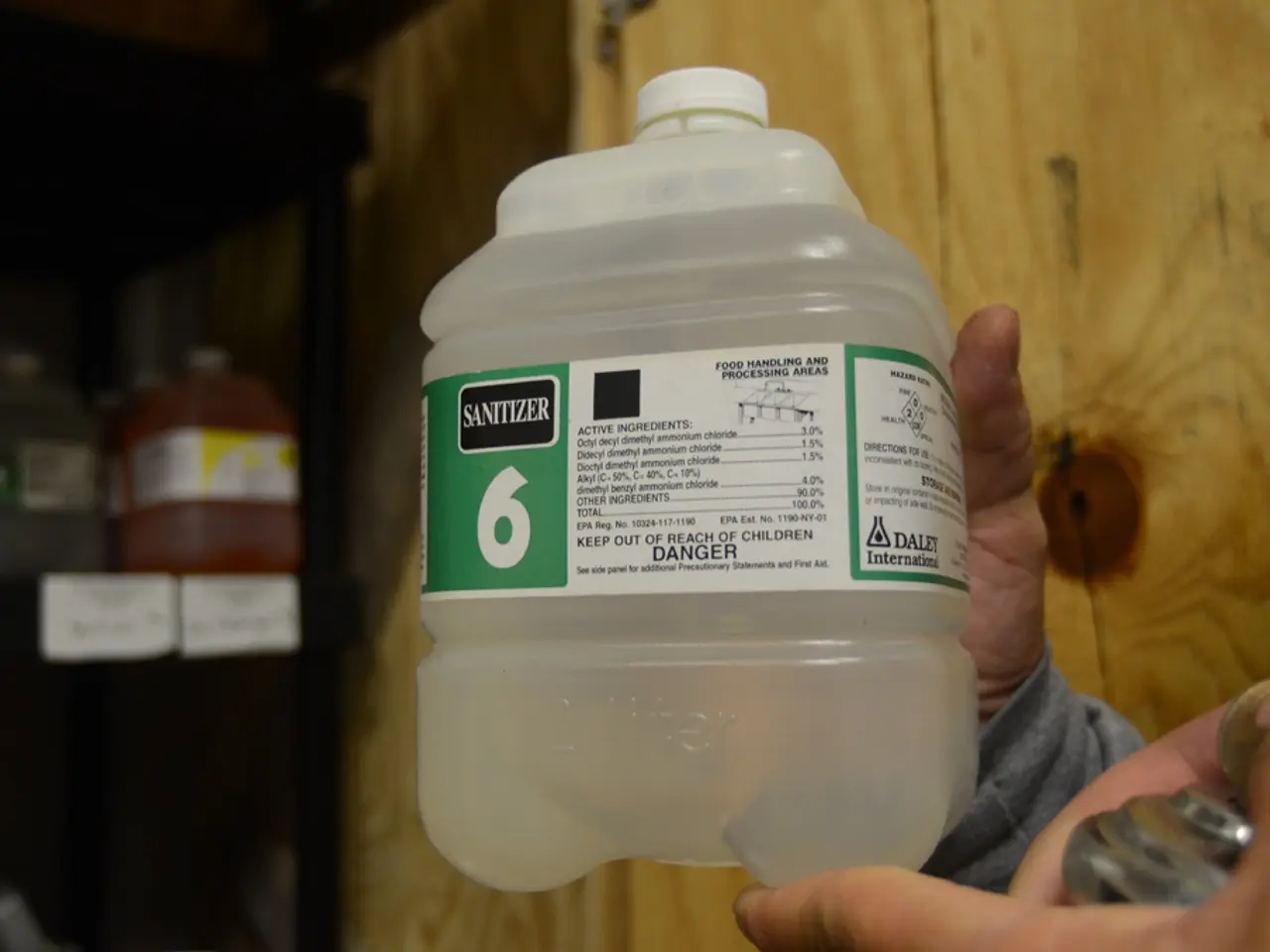Drivers without passenger supervision are 23% more prone to being involved in auto collisions.
In a recent report published on ntv.de and AFP, the R+V insurance company in Wiesbaden has revealed that unaccompanied teen drivers aged 18 to 22 face a 23% higher accident risk compared to those who initially drove with an adult.
The assessment was based on data from the car liability statistics of the R+V insurance company, focusing on young drivers within the age range of 18 to 22. The findings suggest that inexperience, risky driving behaviours, vehicle choices, and the absence of supervision are key factors contributing to the increased accident risk.
Teens, especially within the first 12 months of licensing, have a statistically higher likelihood of being involved in crashes due to their limited experience. This makes handling complex traffic situations more challenging. Unaccompanied teen drivers are also more prone to reckless or distracted driving, including behaviours like speeding, aggressive maneuvers, and texting while driving, all of which increase accident risk.
Distracted driving alone is a major factor in fatal crashes among teens. Teens often drive older or less safe cars with fewer modern safety features, or conversely, some may choose cars with higher repair costs or performance capabilities that elevate risk. The absence of supervision further limits the enforcement of safe driving habits and immediate guidance to avoid hazards, increasing the chance of errors leading to accidents.
Insurance companies view unaccompanied teen drivers as a higher liability, justifying higher premiums and the statistic of increased accident risk. It is hoped that this report will encourage parents and guardians to continue supervising their teenagers' driving for as long as possible to help reduce the accident risk.
[1] National Highway Traffic Safety Administration. (2019). Graduated Driver Licensing. Retrieved from https://www.nhtsa.gov/road-safety/graduated-drivers-licensing [2] Governors Highway Safety Association. (2019). Graduated Driver Licensing Laws. Retrieved from https://ghsa.org/issues/graduated-drivers-licensing-laws [3] National Safety Council. (2019). Distracted Driving. Retrieved from https://www.nsc.org/road-safety/distracted-driving [4] Insurance Information Institute. (2019). Teenage Drivers. Retrieved from https://www.iii.org/issue-update/teenage-drivers
- The increase in accident risk among unaccompanied teen drivers could potentially be reduced if science, specifically in the field of traffic safety research, sheds light on ways to combat risky driving behaviors and promotes health-and-wellness practices, such as fitness-and-exercise, to reduce distractions.
- In light of the R+V insurance company's findings about teen drivers and accident risks, general-news outlets might consider covering stories about new technologies and innovations aimed at improving vehicle safety and and reducing the number of people involved in accidents due to inexperience.
- To ensure the safety of teen drivers and minimize the risk of accidents, parents and guardians should not only encourage their children to adhere to graduated driver licensing laws but also stay informed about the latest findings in science, health-and-wellness, and fitness-and-exercise, as these topics can provide valuable insights into maintaining a safe driving environment.




